Gluten free pizza can be incredible, and in this recipe I’ll show you how to make it. Fortunately, it’s actually really easy to make at home.
Also, I’ll go over everything you need to know about gluten free pizza and why this recipe works. I’ll also let you know the exact ingredients that I’ve found to work for me.
You may not believe that the pizza below is gluten free because it looks so good! I can promise you that I made the pizza using the gluten free recipe at the bottom of this page!
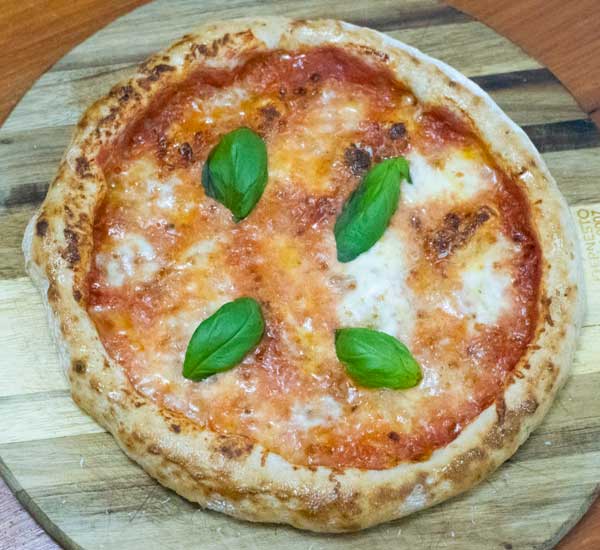
I actually think that a lot of people wouldn’t know that this pizza is gluten free. That’s how good it is!
If you want to get straight to it, feel free to click here to jump to the recipe. For more information, keep on reading to find out how and why this recipe works so well!
Every great pizza starts with great dough. This is no different for gluten free pizza.
Pizza dough needs to be stretchy and strong, as well as tasty and soft. Without these qualities, it wouldn’t be possible to achieve the classic taste and texture of a well made pizza.
Making quality gluten free pizza dough can seem challenging, and many people even think it’s not possible at all. But after reading this article, you’ll have everything you need to know about making great gluten free pizza dough.
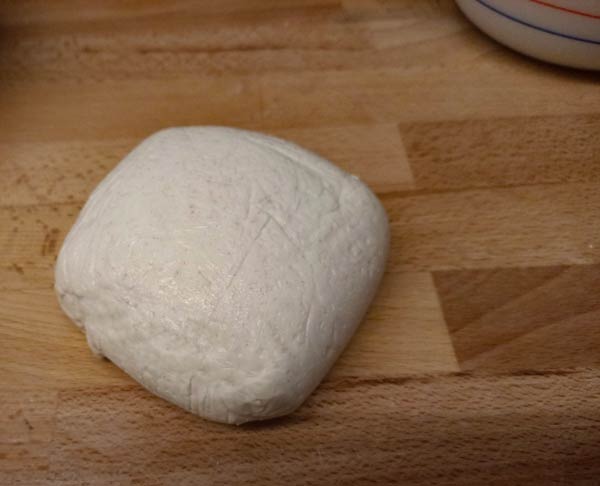
I’ve been making pizza for a long time and I’m not gluten free myself. But my Dad is. I wanted to learn how to make delicious gluten free pizza for him. I was actually surprised myself at how good it turned out!
I think most people would probably consider buying the dough ready made. But there’s no substitute for fresh homemade dough, and what’s more, this recipe makes it super easy!
Keep reading for all my tips and techniques, as well as a detailed recipe at the bottom of this page.
Many people want to make pizza dough without yeast, including gluten free pizza dough. But the yeast is the magic ingredient in pizza and for me, it’s just as important in gluten free dough.
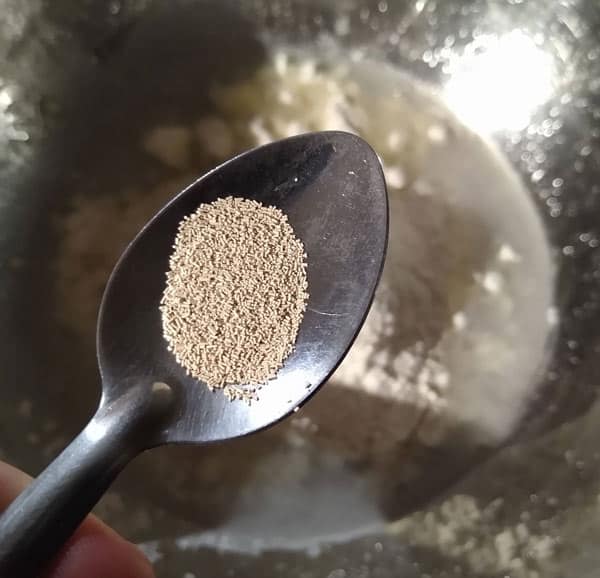
Yeast is what makes dough rise and gives it a light texture. Without it, pizza dough would generally be dense and not very easy to eat. Just becuase you’re skipping the gluten, there’s no reason to skip the yeast!
Many people seem to think that yeast contains gluten but this is not true. Fortunately, virtually all yeast is gluten free.
To get scientific, yeast is simply a single-celled microorganism, and it is a member of the fungus family. It is naturally occurring and is naturally gluten free.
The most commonly available yeast is dried yeast, and this is essentially isolated yeast cells that have been dried for storage. The beauty of this yeast is that it’s readily available, cheap, stores well, and is gluten free (usually)!
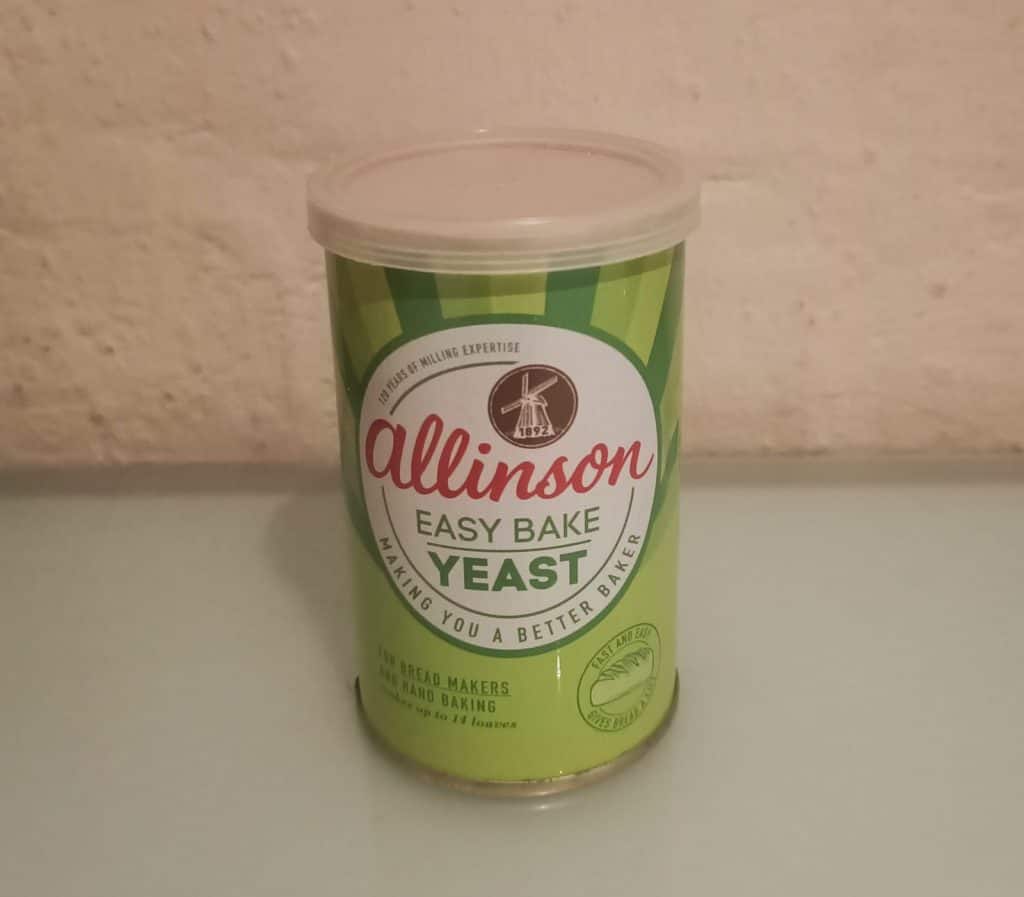
As with any product, you should check the label to ensure that the yeast you have is gluten free. There is a possibility that it’s been produced in an environment that contains wheat.
I’ve provided a link to the dried yeast I normally use on Amazon here and below.
As with any dough, yeast causes the dough to rise. This process is known as proofing or fermentation.
But with regular dough, gluten helps to create air pockets which allows the dough to rise. In gluten free dough, a substitute to gluten is usually used.
One of the most common substitutes to gluten is xanthan gum. This is basically made through the fermentation of sucrose, glucose, and lactose.
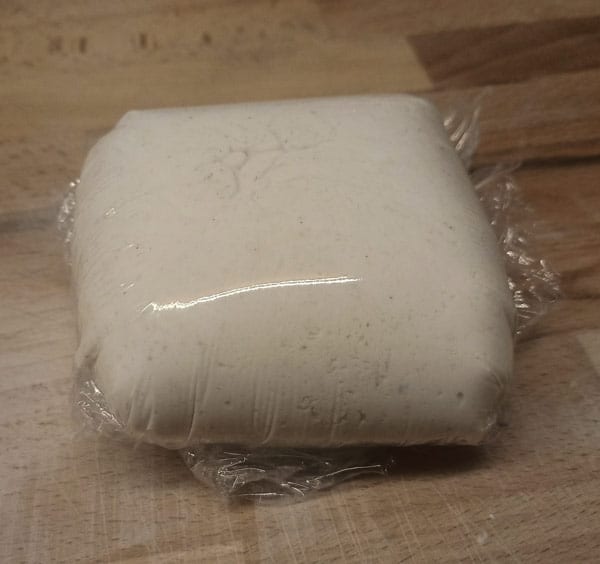
Xanthan gum helps to provide stickiness and stretchiness. Although this works in a different way to gluten, the idea is the same. It helps to bind the dough together, preventing it from falling or crumbling apart.
The strength it provides also helps gluten free dough to stay together when rising.
In general, gluten free flour requires more liquid than regular flour. This is because the different flours it is made of tend to absorb more liquid. So to make gluten free dough with a similar consistency to regular dough, we generally use more liquid, particularly water.
Also, the gluten in regular dough can be too weak when a lot of water is added. This can make pizza shaping difficult since the dough requires a lot of strength to prevent it from breaking as it is stretched out.
But gluten free dough doesn’t rely on gluten for strength. It tends to use substitutes, such as xantham gum, which work well with wet dough. Although these substitutes may not work quite as well as gluten, they can still help to hold together a dough which is quite wet.
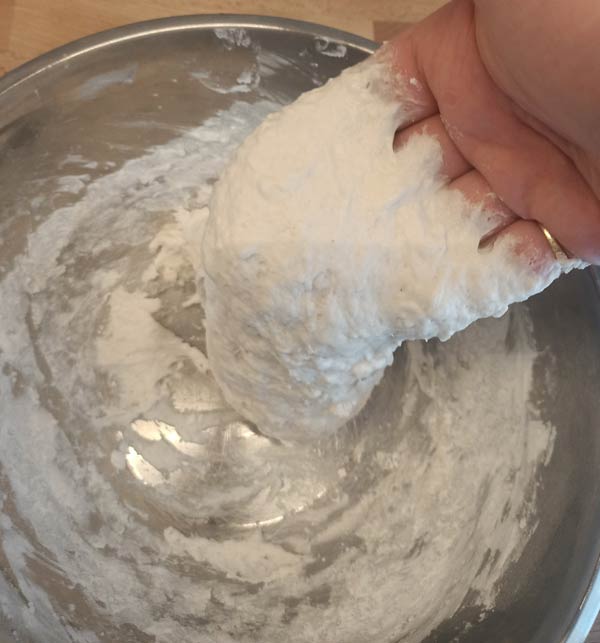
Some people choose to add olive oil as well as water to their dough but I tend to leave this out. Traditional Neapolitan pizza doesn’t contain olive oil and I don’t think it’s necessary. I prefer to drizzle some olive oil over the pizza at the end.
A good way to stop gluten free dough from being sticky is to sprinkle some flour on it. This creates a thin barrier between the dough and your hands. There’s no need to thoroughly mix this into the dough, as that would defeat the purpose.
The picture below shows the sticky gluten free dough on the left. I then added a generous sprinkling of flour and gave it a quick 30 second mix. You can see just how much this tranformed the dough (on the right).
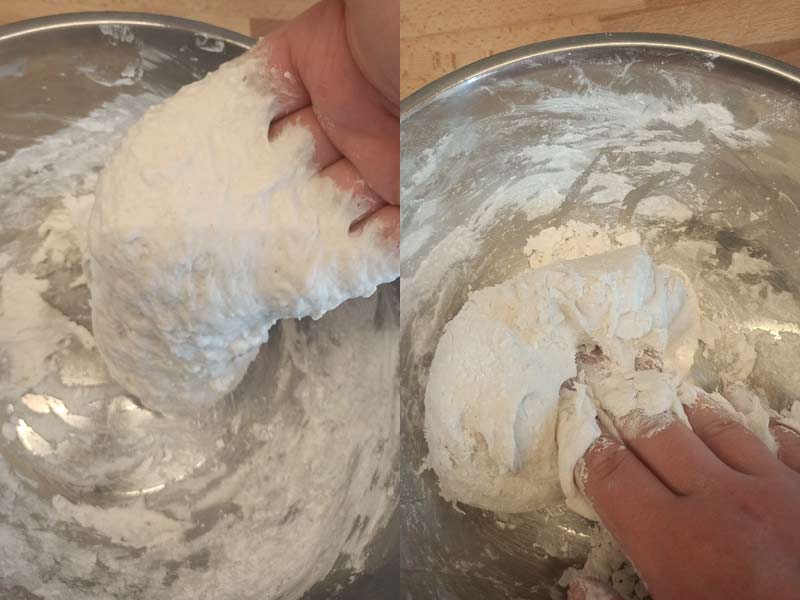
Another option is to simply mix more flour into your dough. This is known as reducing the hydration of the dough. You can check out my article on pizza dough hydration here. Just bear in mind that gluten free dough requires more water in general.
With regular dough, we usually use much less water and make quite a dry dough. As the dough rests, it becomes softer and stretchier, largely thanks to the gluten.
But with gluten free doughs, we typically use quite a lot more water. This is because gluten free flours work differently and we need to use more water to get a soft and stretchy dough.
Pizza dough made with gluten free flour will probably never be as strong and stretchy as dough made with regular flour. The lack of gluten makes the dough more fragile.
This means that great care must be taken when shaping the pizza since the dough can tear easily. Instead of stretching the pizza in the air, it’s generally best to stretch the pizza by pressing it flat on the bench.
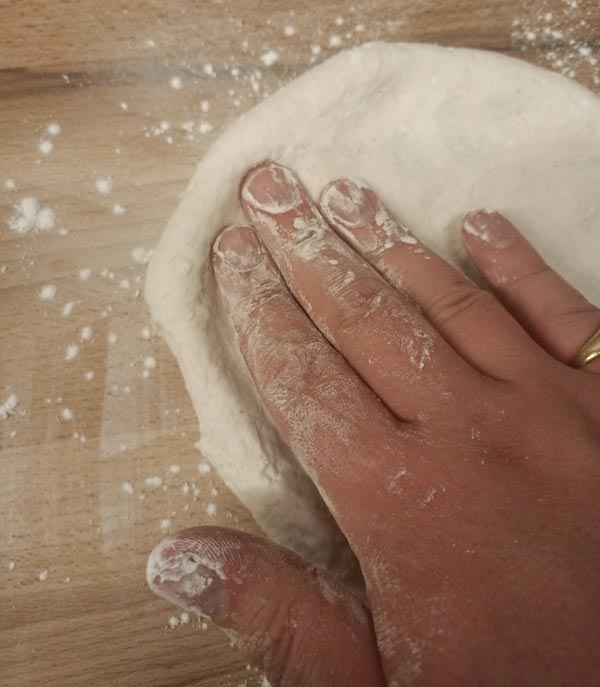
Gluten free flour also affects the flavour and texture of the pizza dough. Typically, you won’t get as much rise in the crust, although it’s still possible. Flavour wise, some people like the taste of gluten free flour and others don’t.
If you aren’t keen on the taste of the crust you can always make the pizza with very thin crusts or even non at all.
I have found Caputo gluten free flour to be an excellent option for pizza. In fact, I think many people would struggle to tell that the pizza it makes is gluten free!
The proper name for this gluten free flour is “Caputo Fioreglut”. It is made by an Italian flour company called “Caputo” that specialises in pizza and pasta flour.
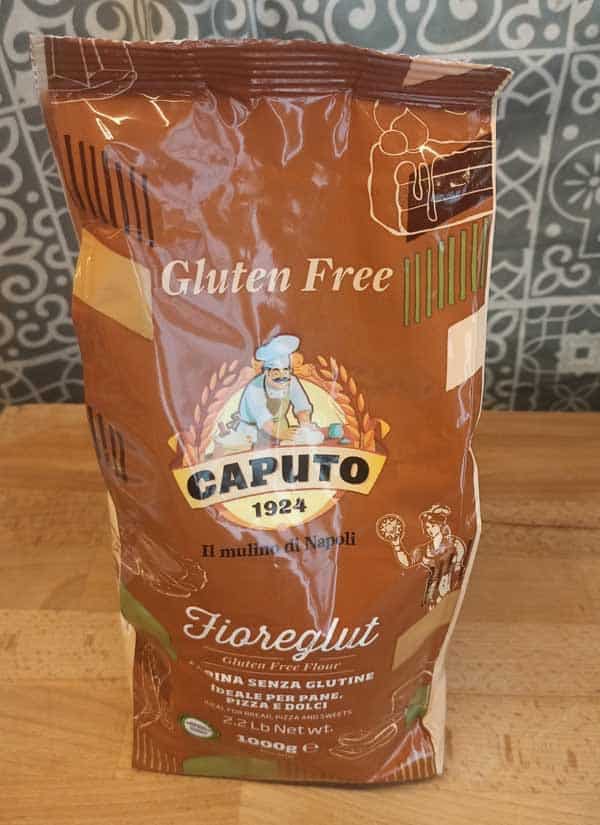
Here is a link to Caputo Fioreglut gluten free flour on the Ooni website.
Feel free to use this link to check if it’s on Amazon too but they don’t always have it.
Caputo Fioreglut has been specifically formulated for making Italian style pizza. I think this is the biggest advantage to using this particular flour. Just how you buy regular 00 flour that is designed specifically for pizza, surely you should buy gluten free flour specifically for pizza?
In fact, I would argue that buying specific gluten free pizza flour is even more important. Gluten free flour contains a lot of different ingredients that each play a different role in achieving the correct properties of the flour. I don’t think this is something that you could easily replicate at home.
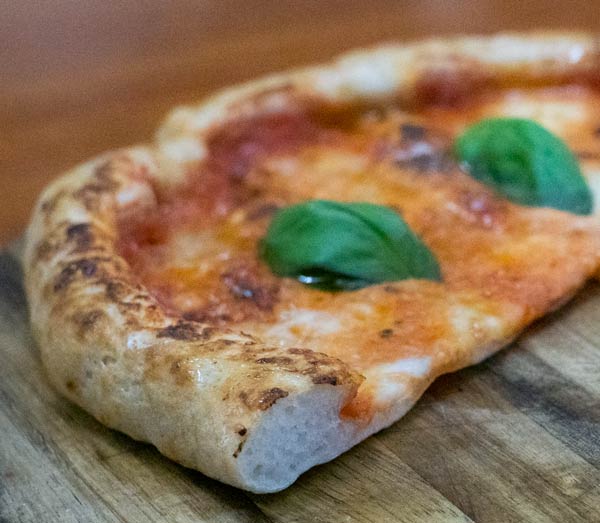
With pizza specifically, it is very important to design a flour which can produce a dough that is both stretchy and strong. This is because a pizza dough has to be stretched very thinly but have enough strength to prevent it from breaking.
The great thing about Caputo Fioreglut is that it can be used in a very similar way to a normal flour. And for me, it has produced very consistent results. I also know there are quite a few pizza places that use this particular flour for their gluten free pizzas.
Be sure to check out Caputo Fioreglut gluten free flour on the Ooni website. It’s worth checking on Amazon here too but they don’t always have it.
One of the benefits of working with gluten free dough is that it doesn’t require kneading. The main purpose of kneading regular dough is to develop the gluten structure. But with gluten free dough, this isn’t required.
We simply need to make sure that the ingredients are evenly mixed. Once the dough has come together, we’re done. This should only take a minute or 2 in the bowl.
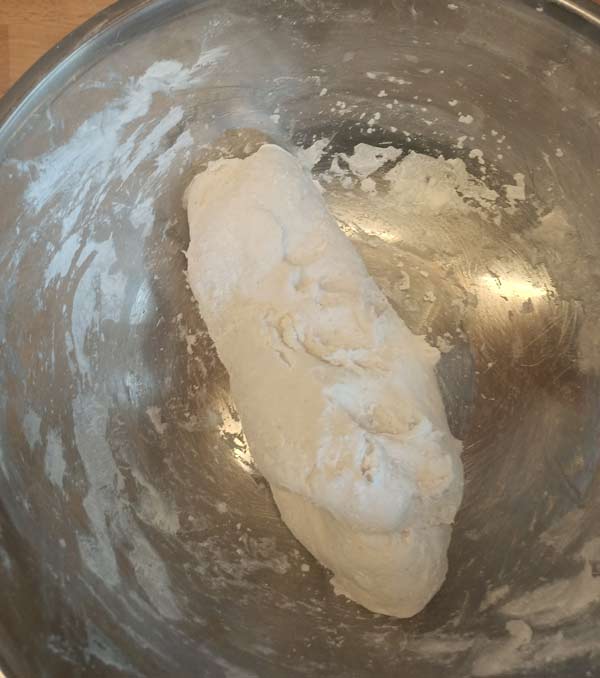
Some light kneading can still be done with gluten free dough. This won’t harm the dough and can help to ensure that all the ingredients are evenly mixed. But this wouldn’t need to be done for long and generally isn’t required.
It is in fact possible to over mix gluten free dough. Also, there is also no advantage to thorough mixing since there is no gluten to develop.
With a gluten free dough, it is generally best to stop mixing as soon as the ingredients are evenly mixed. This ensures that the dough isn’t over mixed, and it also saves you (wasted) time and effort!
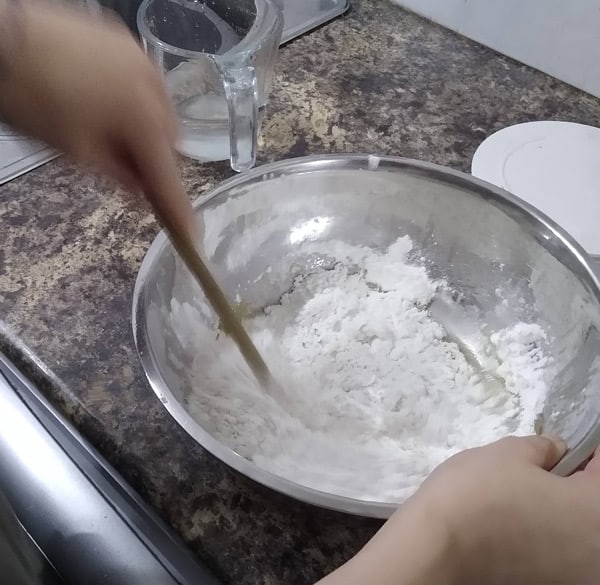
Also, since the dough is usually very sticky, a sprinkling of flour can help with handling massively. But if we mix this flour in, the dough becomes sticky again.
Gluten free pizza dough can be rolled out with a rolling pin if you want a thin crust pizza. Or, it can be pressed by hand to form a more traditional Neapolitan style pizza with a thick crust. This simply comes down to personal preference.
Either way, it is very important to be careful with the pizza. Gluten free pizza dough doesn’t have as much strength as regular pizza dough and it can tear easily. This is particularly true when the pizza is being turned.

It’s generally a good idea to take your time with the shaping. Small tears can be patched up but it’s very easy to get an unrepairable tear if you’re not careful.
The good news is that Mozzarella cheese is naturally gluten free. As always, be sure to check the label to ensure that the particular mozzarella you have is gluten free. Cross contamination can still be an issue.
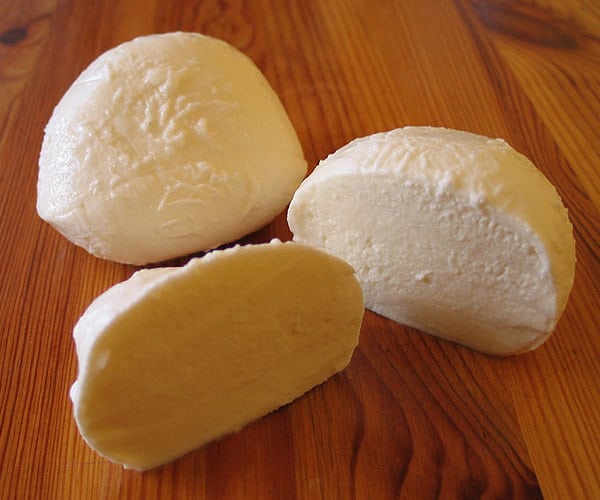
With mozzarella cheese, we can make a classic Neapolitan pizza. One of my favourite pizzas is the famous Margherita – a simple yet delicious Neapolitan pizza. It’s a crowd pleaser!
The recipe below produces incredible gluten free Neapolitan style pizza. The combination of ingredients and techniques used gets as close as possible to the Neapolitan style. So close that I think many people would struggle to tell the difference!
For the most authentic results, ideally you would cook this pizza in a pizza oven, like I did. This helps to get improved taste and texture. However, there’s no reason why you can’t cook this is a regular oven. The pizza will just tend to be a bit crispier and without any charring.
With that being said, let’s get into the recipe!
Easy and amazing gluten free pizza!

This recipe is for a Neapolitan style Margherita pizza – gluten free! This is the classic Italian pizza, and it’s vegetarian! For a vegan pizza you can easily adjust this recipe to make a Marinara. Simply leave off the cheese, add sliced garlic, and swap the basil for oregano.
Makes 2 x 10 inch pizzas.
With Caputo Fioreglut gluten free flour:
Note: I have provided a link to the Caputo Fioreglut flour on the Ooni website here. I cannot guarantee that other gluten free flours will work with this recipe. Also, you can check if they have it on Amazon here.
Not all the following utensils are required but these are what I use and they tend to make the process much easier.
Any large bowl could be used for mixing the dough but I like using the metal ones since they’re lightweight, stackable, and easy to clean.
Click here to check out metal mixing bowls like the ones I have on Amazon.
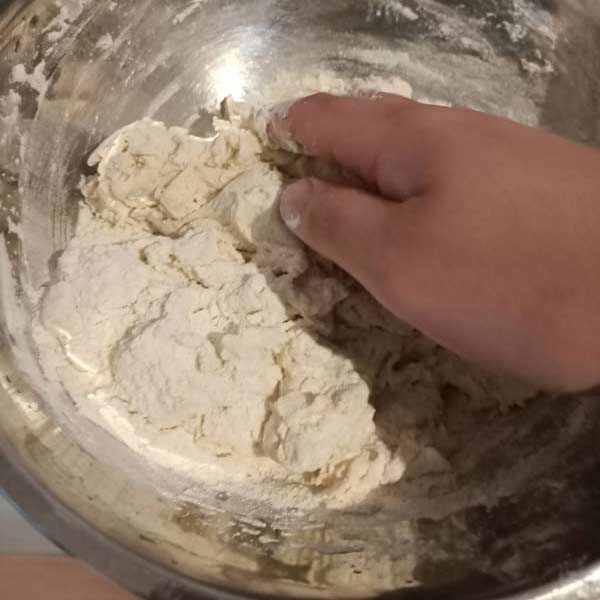
These are affordable, easy to use, and precise (accurate to 1g). I don't recommend using cups as measurements as they are inprecise.
Click here to take a look at the type of digital scales I use on Amazon.
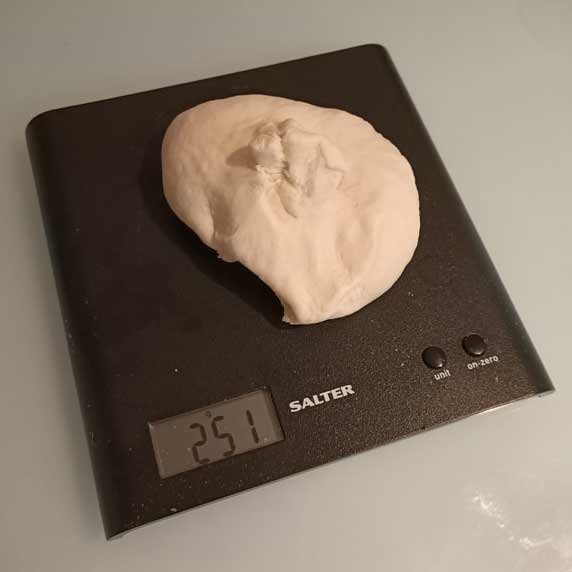
These kitchen scales are accurate to 0.01g and are perfect for measuring the tiny amounts of yeast needed for long proves.
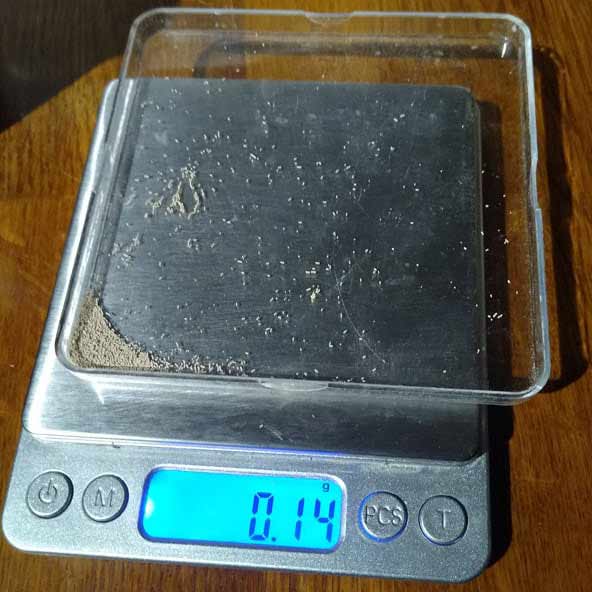
Pizza proofing boxes are an excellent investment. They are airtight and they make taking the dough out for shaping very easy.
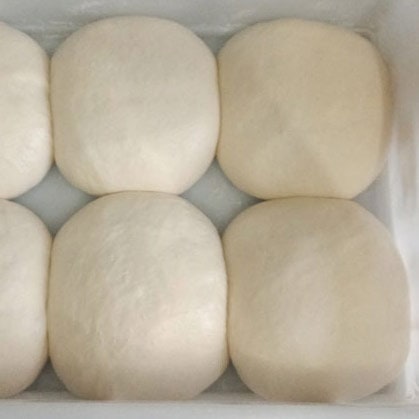
An infrared thermometer allows you to instantly check the temperature of the stone, ensuring it is within the ideal range.
Click here to check out a pizza peel similar to the one I use on Amazon.
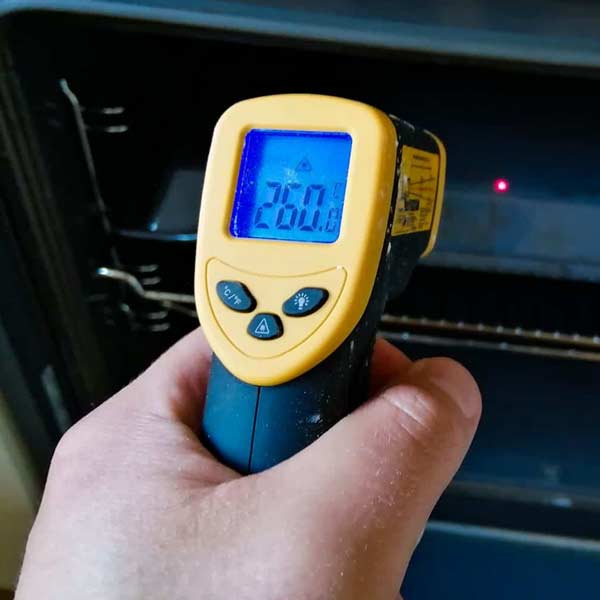
A 12 inch peel is ideal for Neapolitan pizza and makes loading and removing your pizza from the oven really easy.
Click here to check out a pizza peel similar to the one I use on Amazon.
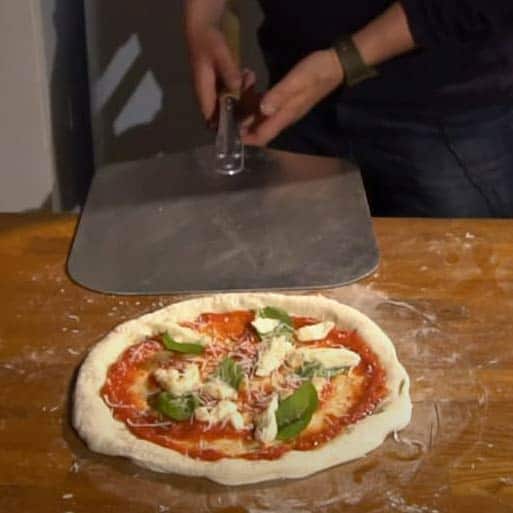
A turning peel is designed for rotating the pizza during cooking. If you're using a pizza oven it should lead to a superior and more even cook.
Click here to check out a pizza peel similar to the one I use on Amazon.
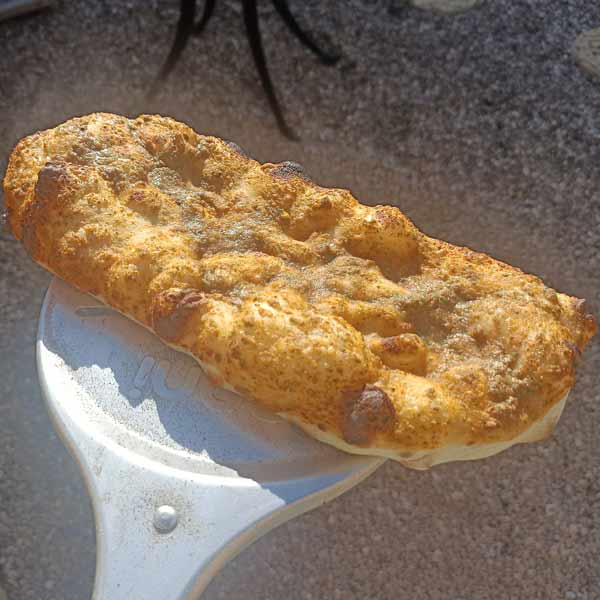
A pizza oven is guarenteed to take your pizzas to the next level. I have an Ooni Karu 16 which reaches 500C/930F and cooks pizza in as little as 60 seconds! A regular oven simply cannot match the cook of a pizza oven. I love my Ooni!
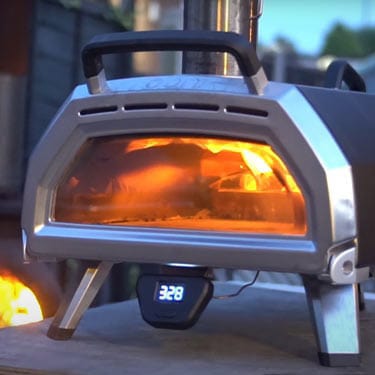
Tips:



I’ve provided a link to these accurate digital scales on Amazon below.

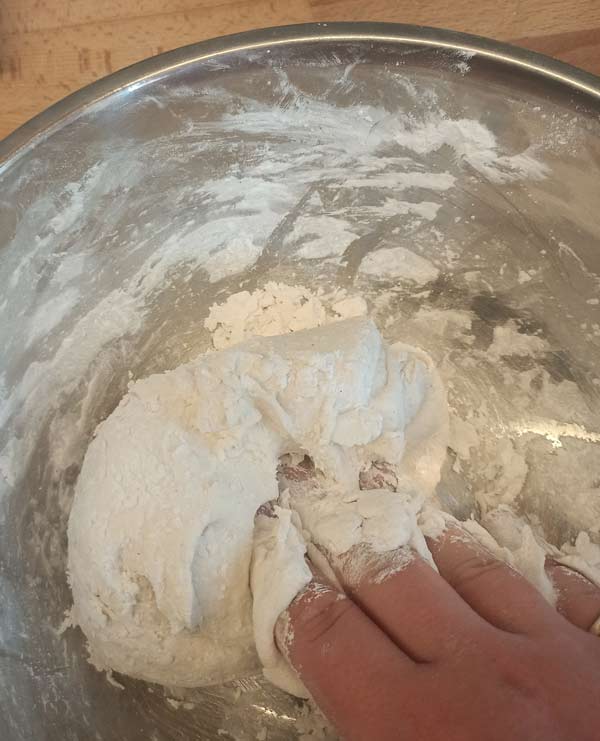
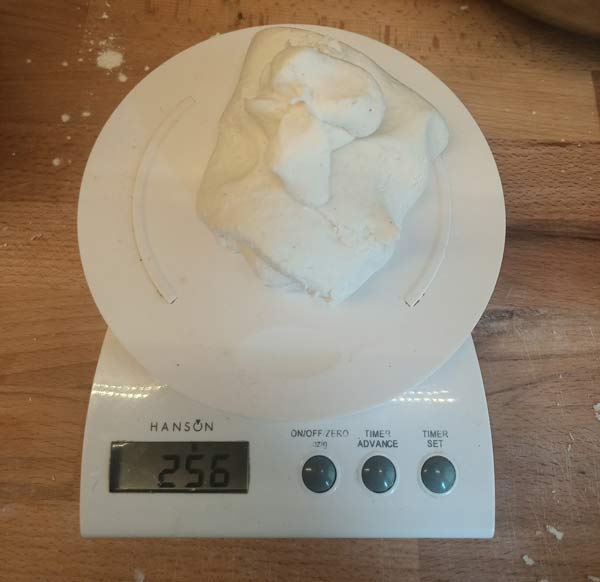
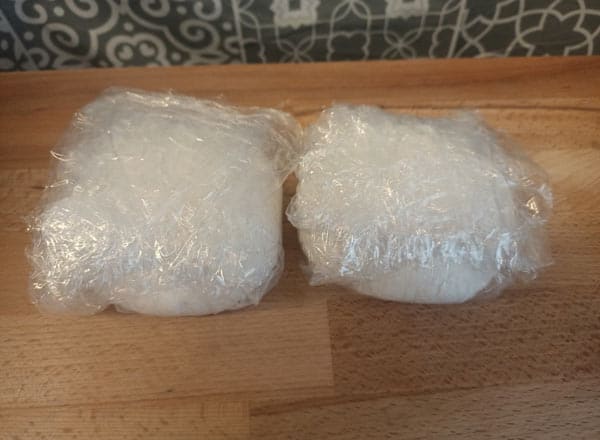
Tips:
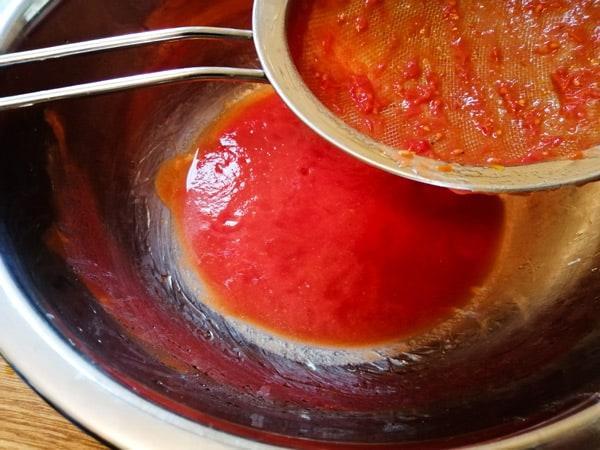
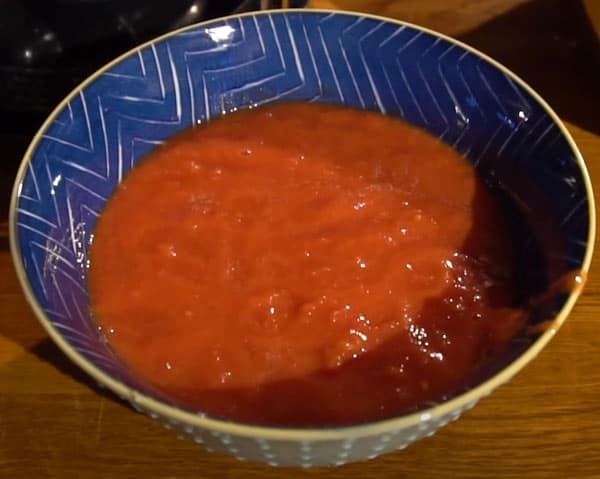
Blending the tomatoes is all you need to do, sieving is optional.
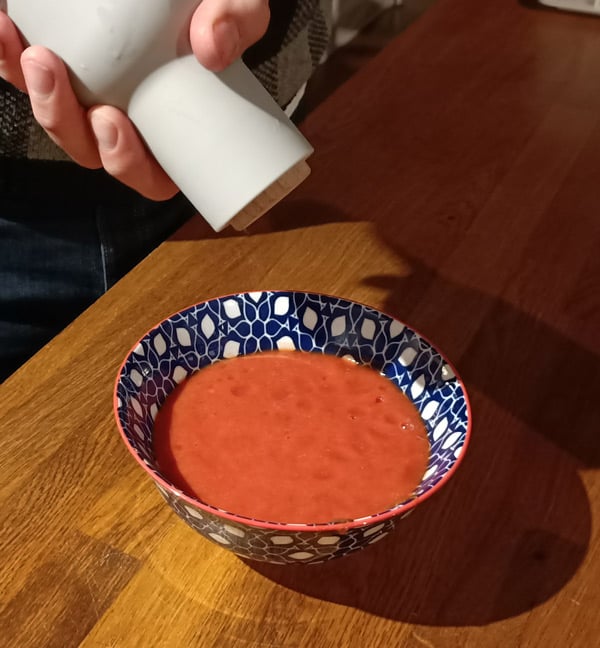
Don’t forget to generously season your sauce to taste.
Tips:

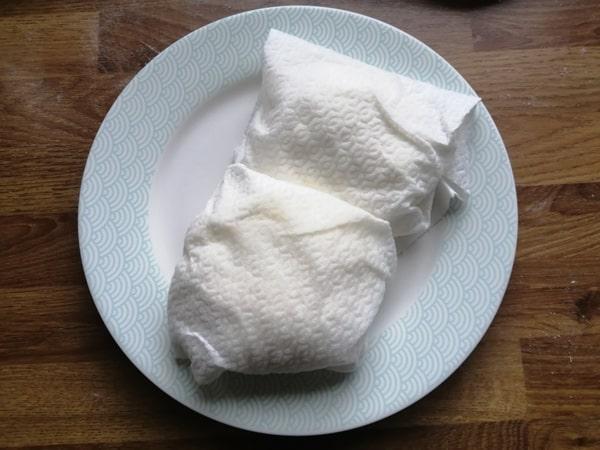
Removing some of the moisture from mozzarella prevents soggy pizza.
Directions for shaping/cooking:
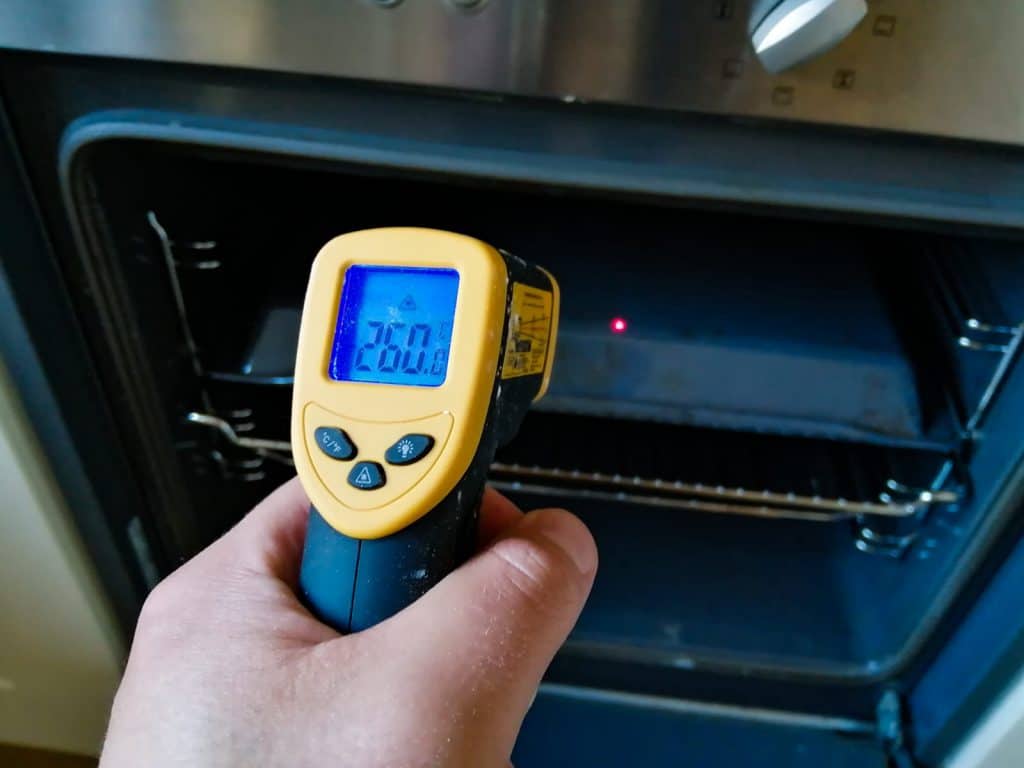
With a regular home oven, it’s probably a good idea to turn the oven to full temperature. I’ve provided a link to a laser thermometer on Amazon below.

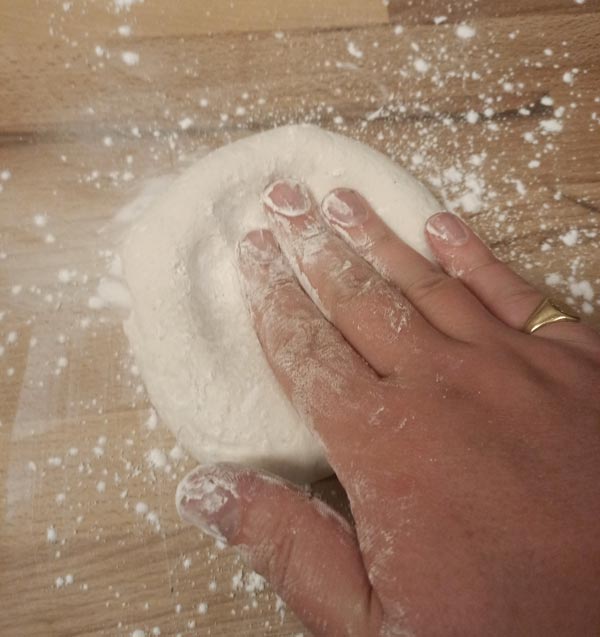

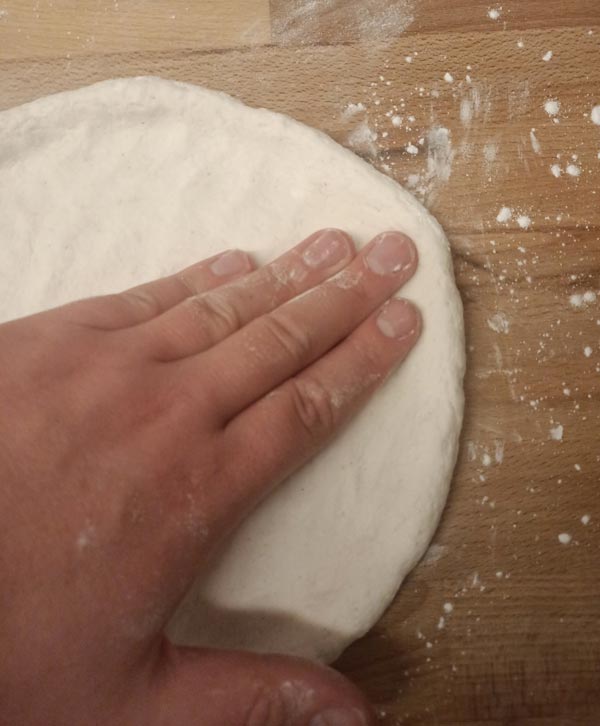
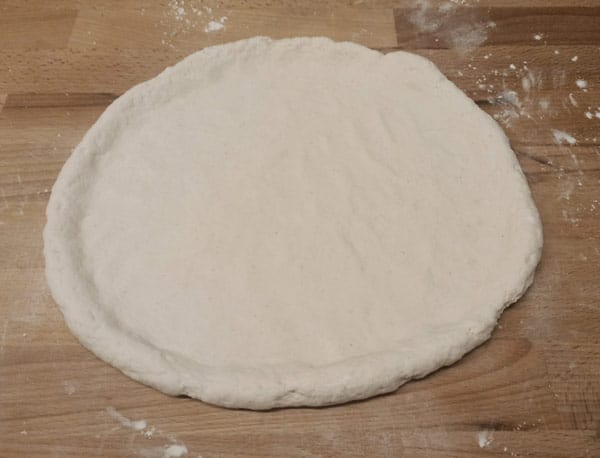
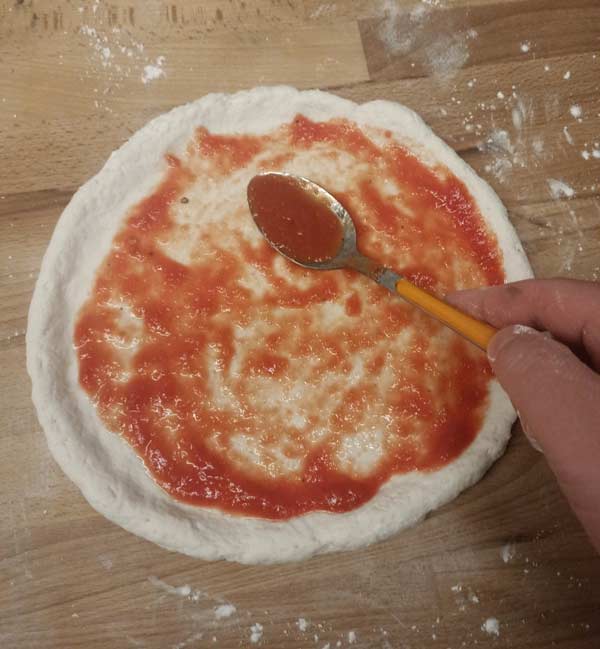
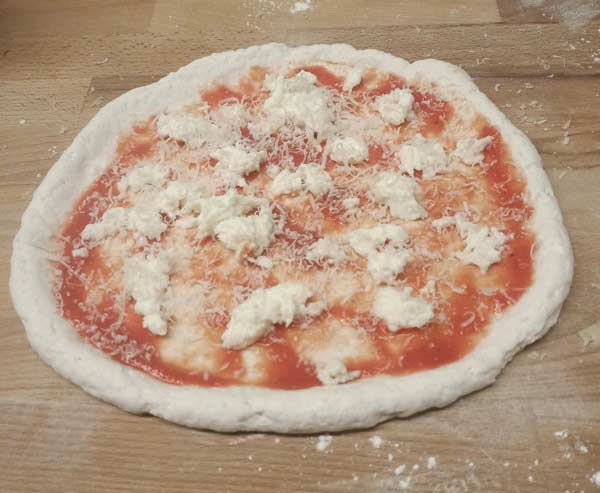
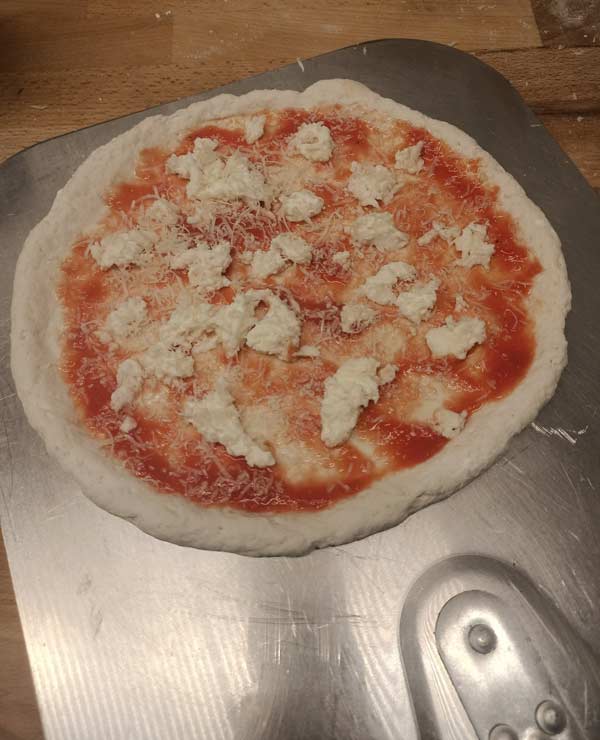
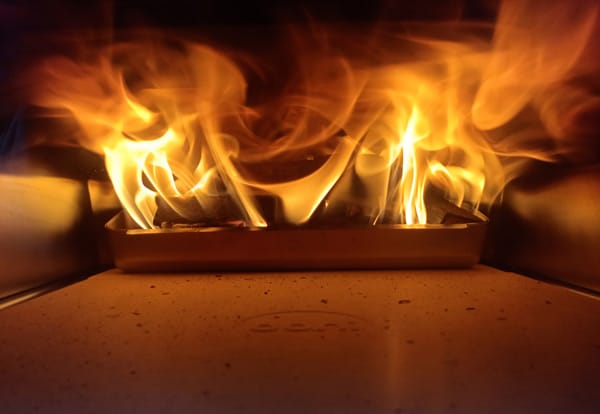
My Ooni pizza oven cooks pizza in just 60 – 90 seconds! This specific pizza oven is the Ooni Karu 16 Multi-Fuel Pizza Oven.
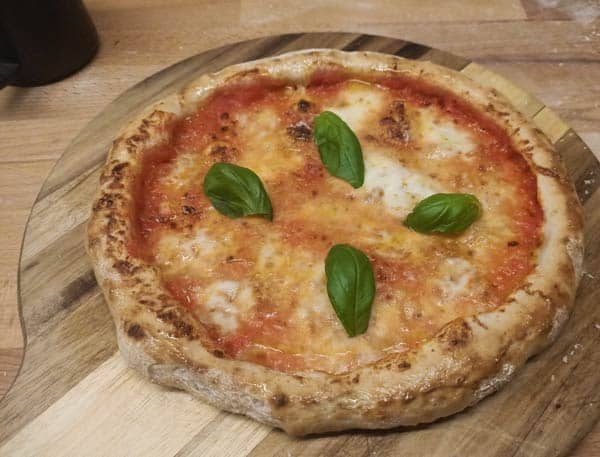

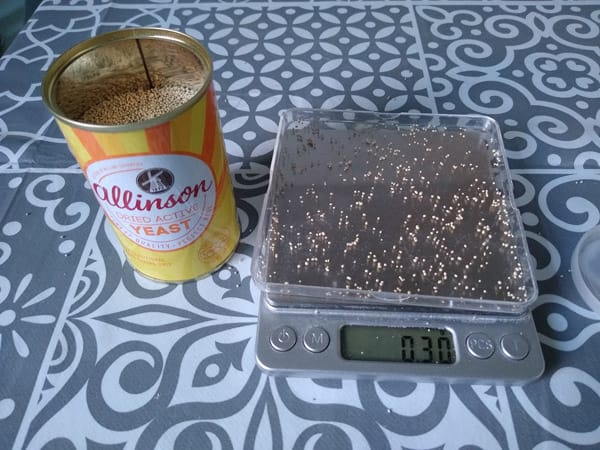
You can pick up some scales like these cheap online

I can’t get over how easy this recipe is. Making the gluten free dough is even easier than making regular dough. And the pizza is go good that I don’t think many people would be able to tell the difference!
Hopefully this recipe gives you the encouragement to try making gluten free pizza! You may be amazed at just how easy and tasty it really is!
Now let’s get mixing!

I’m Tom Rothwell and I’m super passionate about all kinds of homemade pizza! In the last few years I've been on a quest to find the perfect pizza. Now I'm sharing what I've found out with the world!

If you're interested in hiring me for your event in the UK, feel free to check out my website with the link below.
Pizza Catering
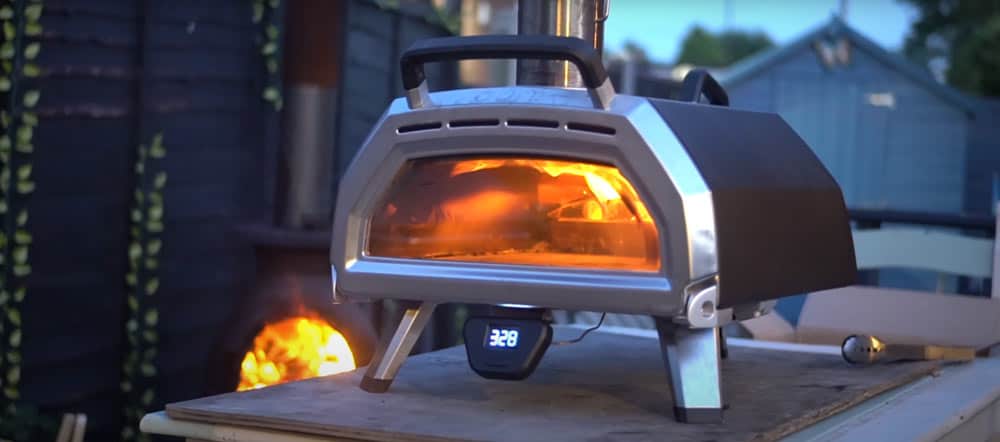
I often get asked what type of oven I use for my pizzas. Well, I use a pizza oven made by a company called Ooni.
The range of pizza ovens that Ooni offers is just brilliant. They cover all bases, and all price points. There's affordable and portable models such as the Fyra 12 Pizza Oven and then there's state-of-the-art models such as the Karu 16 Pizza Oven pictured below.
In all honesty, I would say that the oven makes a huge difference. If you're looking to make authentic Italian pizza, a pizza oven is a must.
By clicking the link below and purchasing from Ooni, you would be supporting this website. I've been using their ovens for a long time now and I wouldn't recommend them if I didn't believe in their products.
Time to make some amazing pizza!

I’m Tom Rothwell and I’m super passionate about all kinds of homemade pizza! In the last few years I've been on a quest to find the perfect pizza. Now I'm sharing what I've found out with the world!

If you're interested in hiring me for your event in the UK, feel free to check out my website with the link below.
Pizza Catering
In your gluten free recipe, how much xanthan gum do you use?
Hi Chris, the Caputo Fioreglut flour already contains everything required, there is no need to add xantham gum. I believe the flour contains psyllium seed fibre instead of xantham gum.
Hopefully this answers your question. Cheers